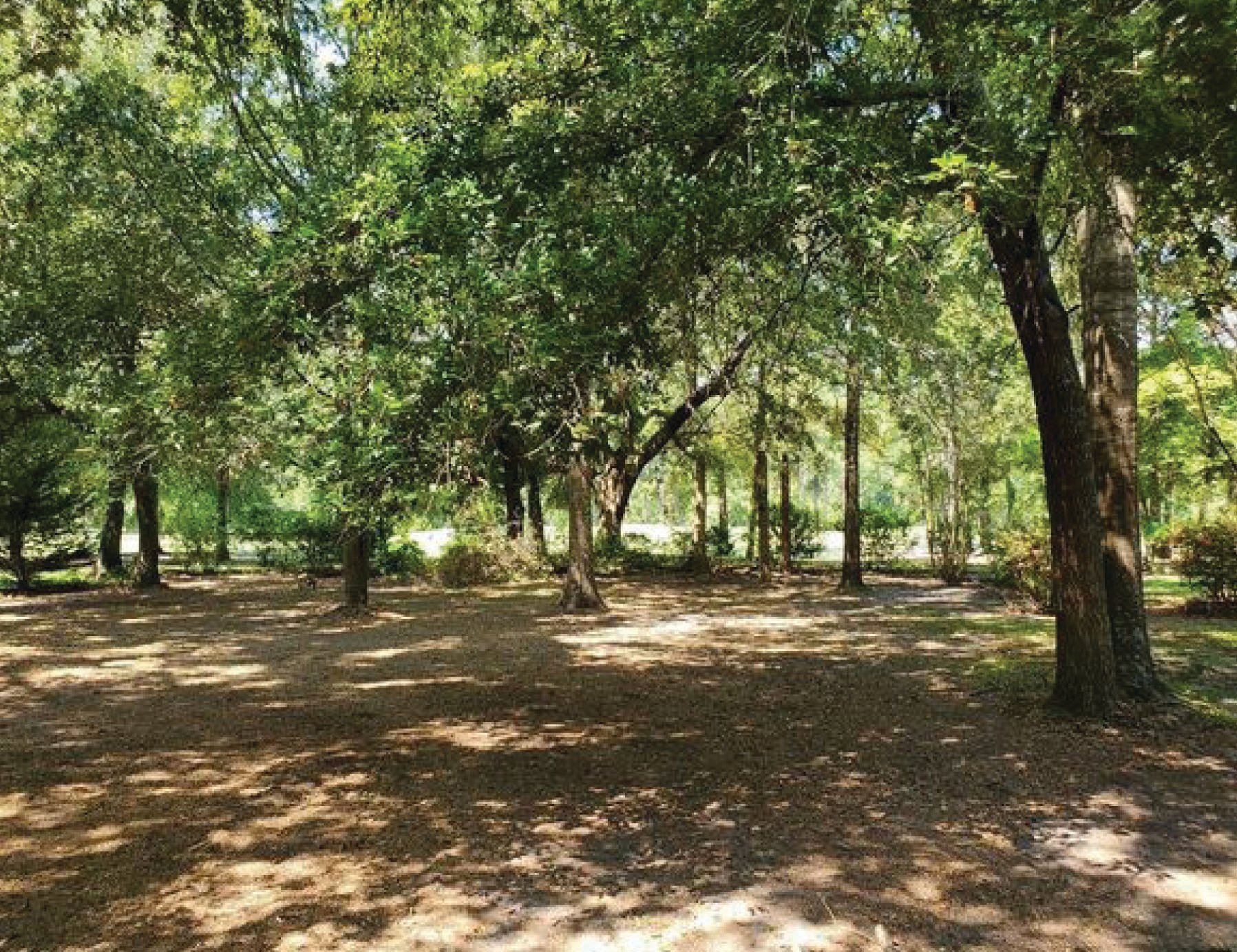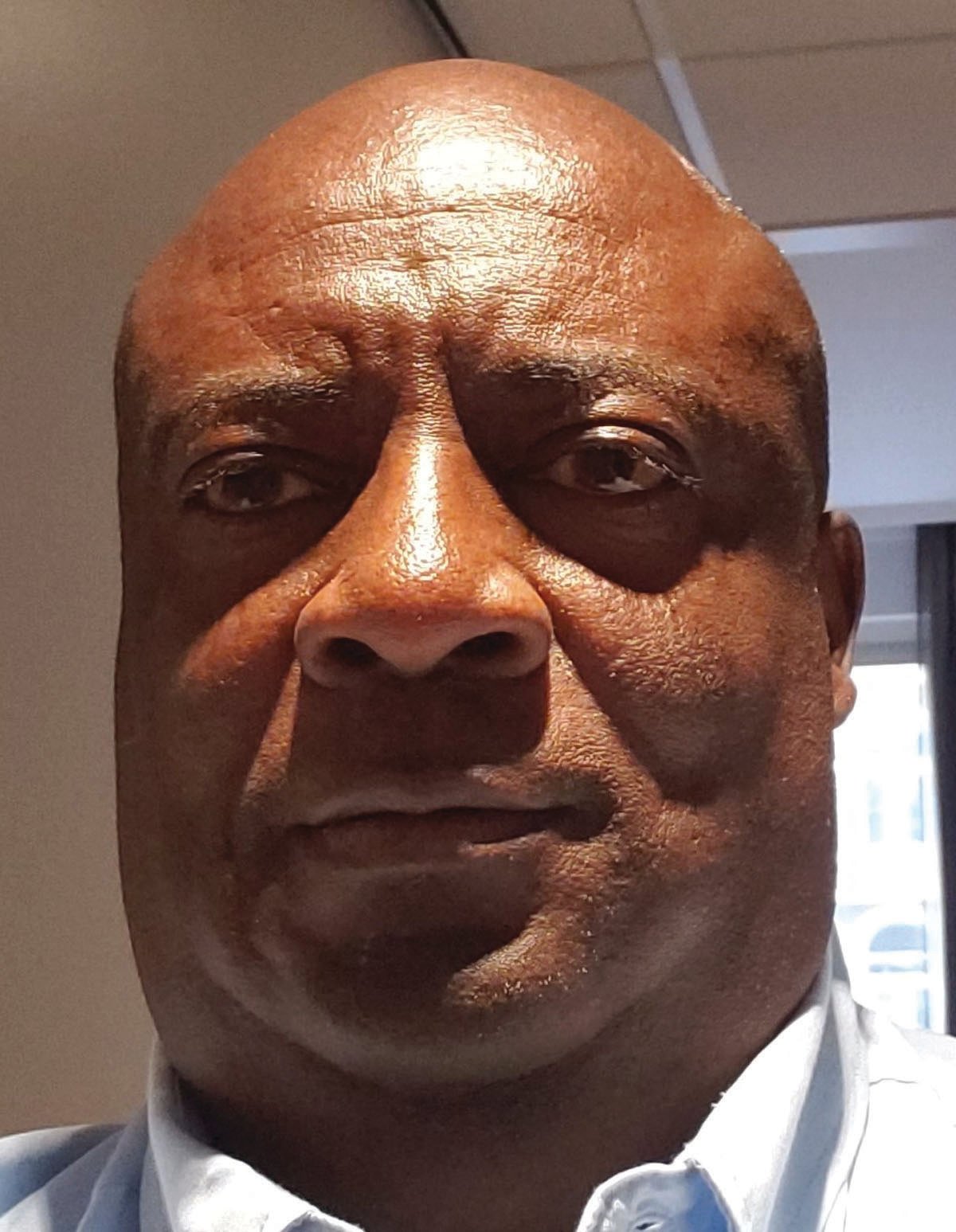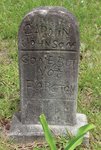Black History Month: Clarendon natives reflect on their memories and the past
Jerome Pearson
Jerome Pearson was born and raised in Davis Station. As a youngster, Pearson attended Spring Hill Elementary School. The ruins of the school are still visible today near Davis Crossroads. Pearson graduated from Scott's Branch High School in 1976.
In 1980, Pearson graduated from Morgan State University in Baltimore as a commissioned officer in the U.S. Army. Pearson spent three years serving his country in Germany and one year at Fort Dix in New Jersey. During his tenure in the Army, Pearson progressed through the ranks from second lieutenant to captain.
After leaving the military, Pearson has worked in the pharmaceutical industry for three decades. His area of focus is quality assurance, and he's employed with one of the largest pharmaceutical companies in the world.
Pearson's job has allowed him to travel extensively, including to most of the United States as well as countries in Europe, Asia and Africa.
Throughout his life, Pearson has been an avid reader of both fiction and nonfiction, which has fueled his inclination toward writing. His family and friends know him as a person who has an excellent long-term memory which has facilitated his ability to write about experiences from his childhood with such rich and minute details.
Pearson has been married to the former Cecelia Henderson for 30 years and currently resides in Wayne, New Jersey.
Many of Pearson's family still reside in the area in communities including Davis Station, Manning, Summerton, Sumter, Summerville and Columbia.
EDITOR'S NOTE: Over the next few weeks, The Sumter Item will share stories from current and former residents of Clarendon County as they reminisce about the past and memories of their days growing up in the South.
By JEROME PEARSON
Special to Clarendon Sun
CLARENDON COUNTY - Jerome Pearson, who now resides in New Jersey, was born and raised in Clarendon County. Pearson remembers the days growing up in an area of the county near Davis Station that was known as Freetown.
"When I was in the first grade, my school bus would travel to an area not far from Davis Station that was known as 'Freetown,'" Pearson reminisced. "The bus would always travel down to Lake Marion (known back then better as Santee River). The bus would make a U-turn and come back out."
"Getting to Freetown back then required traveling down a long dirt road that had trees on both sides. For many miles, there were only trees. After traveling for several miles, you come up a little hill before seeing a little village that was known as Freetown."
"Once arriving in Freetown, the bus would make many stops through what would appear to be a village with many houses surrounded by small pieces of land."
After meandering around bend after bend in the dirt road to pick up children along the route, the bus would eventually make a U-turn before leaving the community.
"Almost everyone in this community had the last name Pearson, and I would soon realize that they were almost all related to me. However, when I used to go down there as a kid, I was a bit frightened because the impression was that the people down there were looked down on for whatever reason. Some people even considered them backwards. Some folks would say that people in the area believed in 'roots.' Roots of a plant from Africa that could be used for healing but could also be used for getting revenge. As an example, if a lady felt that her husband was cheating on her, she could put the 'roots' on him and his mate. Before they knew it, a finger might become rotten. It was also felt that the religion in the area would often be considered Pentecostal or sanctified, but there were Baptists and Methodists as well."
As a senior in high school, Pearson became a bus driver on the route that included Freetown. On his route, Pearson said he remembered seeing a man riding a different bicycle every time he saw him.
"One day I heard that he had been arrested. Apparently, he was stealing bicycles from a store in Manning and would hide them in a ditch in Freetown. I'm not sure how he was discovered, but after the arrest, I don't recall ever seeing him again."
"History books also show that there was once a very wealthy African-American woman in the area. She died sometime around 1931. Her name was Carolina Johnson, and at the time, she owned as much as 354 acres and the Mercantile Company Cotton Gin. Before she died, she donated some of the land for a cemetery and established a church in the Freetown area. The cemetery is still there today. Most of the people buried there have the last name of Pearson. I don't know what happened to her land or what happened to her money."
The cemetery, Carolina Cemetery, is still used today and lies off Players Course Drive in the Wyboo community.
"I would also learn that there was a plantation in the area called Wyboo Plantation. In 1793, William Pearson of Wyboo Swamp gave freedom and a lifetime interest in 20 acres to one of his slaves named Jim, known as Black James Pearson. Black James prospered and later purchased a slave woman named Judy and her two children. In 1791, he emancipated her and the children. This action by Black James may have given the community area in Wyboo its rumored names of Freetown or Pearsontown."
"The area that was known as Freetown was also known as Pearsontown. Pearsontown would have gotten its name from a white man named William Pearson."
"The Pearson name, which I hold, likely came from a slave owner in the Freetown area named William Pearson."
"My maternal grandfather, James Pearson, is likely a descendant of Black Jim who was enslaved to William Pearson at some point. William Pearson apparently freed Jim before the end of slavery, and thus the community received the name 'Free Town.'"
"My grandfather was a light-skinned African-American, and so was my mother. This skin color probably has something to do with William Pearson of Wyboo Swamp from the late 1700s."
"Much of the former Freetown area has become a golfing and upscale housing community. Many of the folks who used to live there will find it too expensive. People now come from all over the world to visit Wyboo's fishing, golfing and resort area. Many come to visit the former plantation."
"Today, the only thing I can see remaining for Mrs. Carolina Johnson is a tombstone that is hand carved with the words, 'Gone but not forgotten.'"
"Not forgotten, but whatever happened to her fortunes? What happened to her cotton gin? I will continue to probe the mysteries of Freetown, which is known in some circles as Pearsontown!"
Sharron Haley contributed to this story.
More Articles to Read






